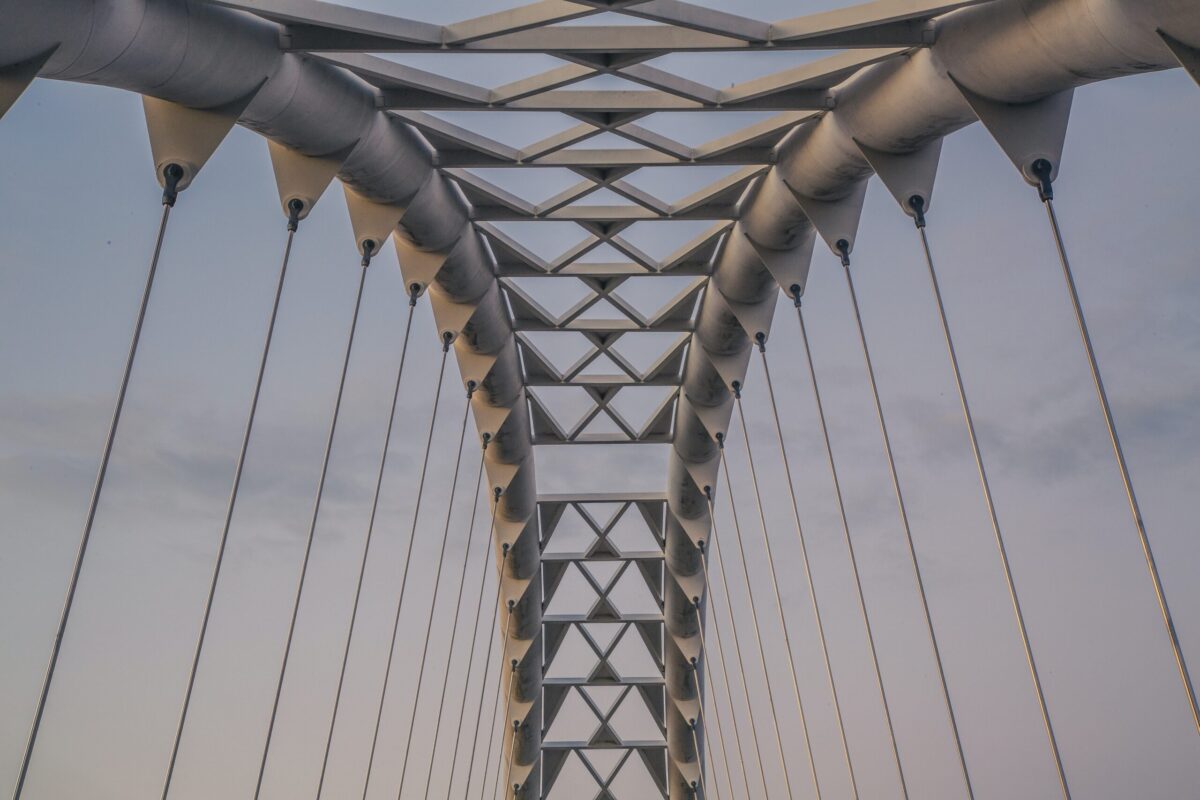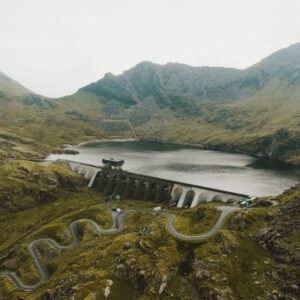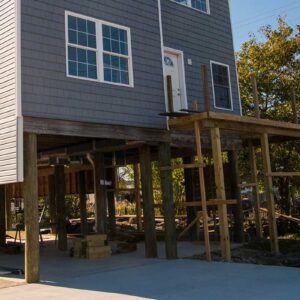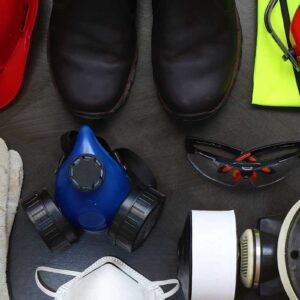Description
Due to increasing costs and limited accessibility of bridge inspection with current inspection technology, the use of remote-controlled drones equipped with high-resolution cameras is being investigated by the US Forest Service, as it provides a more efficient tool for enhancing current bridge inspection practices. This is primarily for timber bridges with visible damage and decay in inaccessible areas that could cause structural degradation.
To study the effectiveness of drone-enabled inspections, the USDA conducted a study to compare the results of drone inspections to traditional preliminary inspection methods. Surveys were conducted in various state departments of transportation and existing literature was searched to determine the most suitable drone and inspection practices. While following all FAA guidelines, drones were used to evaluate timber bridges and a reinforced masonry building and the results were compared to the preliminary inspections to determine the viability of drone-enabled inspections. The methods used and conclusions reached by the US Forest Service in this study can be adopted by others for similar projects.
The Content of this course is a summary of a study conducted by the US Forest Service on inspecting timber pedestrian bridges. The study included case studies of bridges in their inventory. Many of the concepts, methods and conclusions may be applied to other types of structural inspections.
This course includes a multiple-choice quiz at the end which is intended to provide 7 hours of professional development.
LEARNING OBJECTIVES
At the conclusion of this course, the student will have learned or been exposed to the following:
- Drone Selection
- Structure Selection
- Image Analysis Approach
- Image Analysis Software
- Preliminary Inspections with Drones
- The Stages of a Drone-Enabled Inspection
- Drone-Enabled Inspection Protocol
- Limitations of the Drone-Enabled Inspection
- Piloting Challenges
- Piloting Methods to Achieve High Quality Images
- Comparison with Conventional Inspection Procedures
- Limitations of Drone-Enabled Inspection








